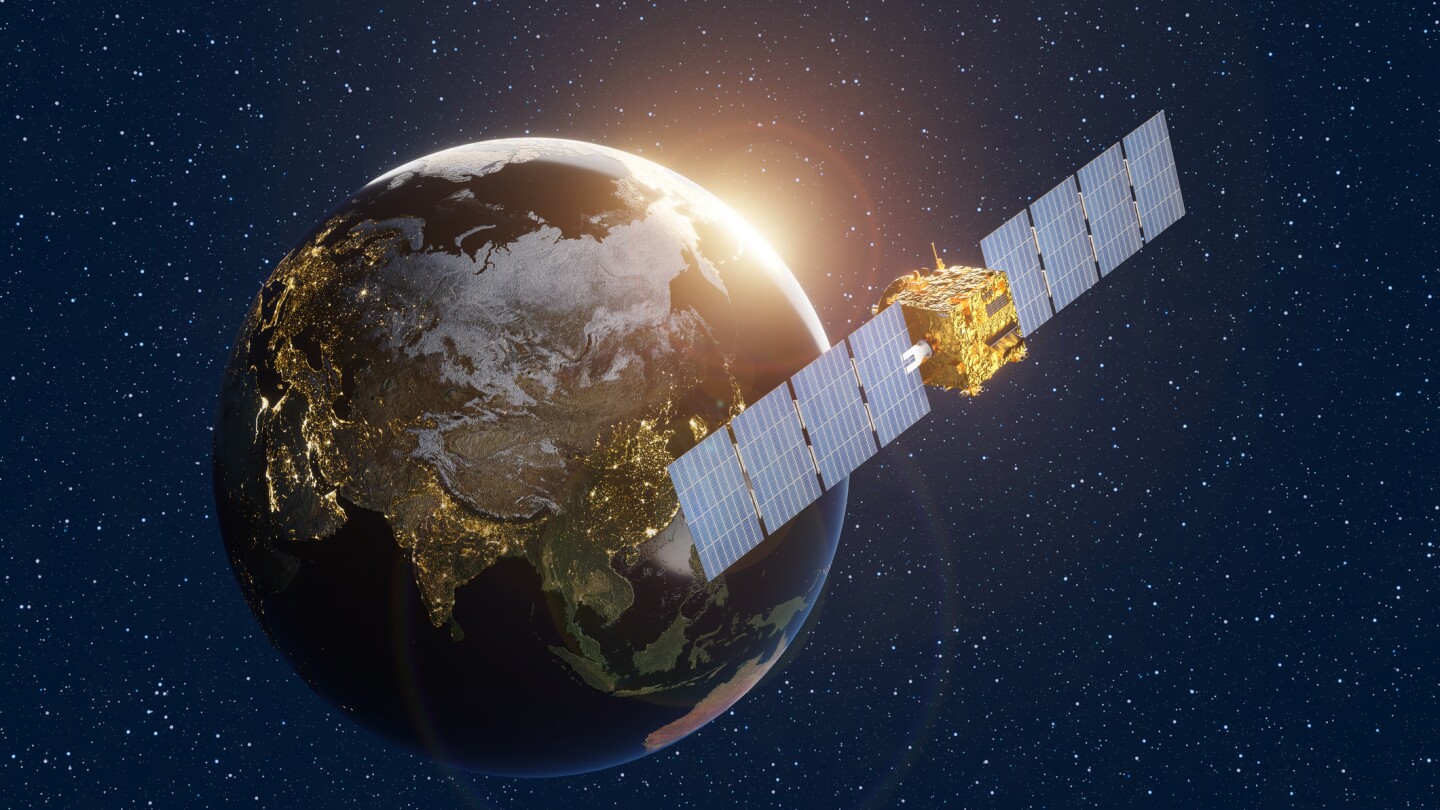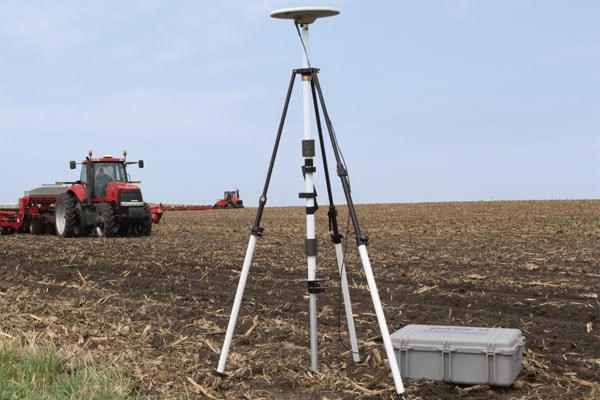
Why RTK Is Essential for Drone Shows: Solving the Sky's Biggest Networking Problem
When people watch a drone show, they usually see colorful lights moving together in perfect harmony. But behind the scenes? It's one of the most complex networking problems imaginable — hundreds of drones flying in 3D space, in real time, without crashing into each other or missing their marks.
So how do drone shows pull off this level of precision? The answer lies in a powerful technology called RTK, or Real-Time Kinematic positioning. Let's break down what RTK is, why it's essential for drone shows, and how it helps solve one of the most fascinating coordination challenges in modern tech.
What Is RTK?
RTK stands for Real-Time Kinematic positioning — a GPS enhancement technique that provides centimeter-level accuracy in real time. While standard GPS might get a drone within a few meters of its target, RTK tightens that accuracy to just a few centimeters. It works by using a ground station (known as a "base station") that continuously sends correction data to the drones. This correction helps eliminate the small errors that exist in standard GPS signals due to atmospheric interference and satellite drift. The result? Each drone knows exactly where it is in space — and where it's supposed to be.

Figure 1: RTK ground station used on a farm
Drone Shows Are a Giant Networking Problem
Drone shows are more than just flying lights. They're a massive real-time coordination challenge. Each drone needs to know: • Its precise position in the sky • Where every other drone is • When to move, and exactly how fast • How to stay synchronized with the show's timing and music Think of it like a floating orchestra — one where every musician is flying, moving, and expected to play their part down to the millisecond. This requires more than just accurate positioning. It demands reliable communication between the drones and the control system, constant updates, and instant corrections to maintain perfect formations. Without RTK, this would be virtually impossible at scale.
How RTK Solves This
RTK provides the positional foundation for the entire show: 🛰️ High Accuracy: RTK allows each drone to know its location within 2–3 centimeters, rather than the 2–3 meters of standard GPS. This is what allows complex shapes — like logos or animations — to appear sharp and perfectly aligned in the sky. 📡 Real-Time Updates: Drones receive live correction data from an on-site base station, which constantly adjusts for any GPS drift or interference. 🔄 Coordinated Movement: With this level of precision, hundreds of drones can fly inches apart without risk of mid-air collisions, even while executing complex choreography. It's not just about looking good — it's about safety, efficiency, and performance.
RTK vs. Standard GPS in Drone Shows
| Feature | Standard GPS | RTK |
|---|---|---|
| Accuracy | ~2–5 meters | ~2–3 centimeters |
| Suitable for Drone Shows? | ❌ | ✅ |
| Real-time correction | ❌ | ✅ |
| Formation precision | Poor | High |
| Safety margin | Large gaps required | Drones can fly close together |
Why This Matters for the Future of Entertainment
Drone shows aren't just a novelty — they're becoming a core part of modern events, marketing, and storytelling. As shows grow in size and ambition, the need for rock-solid positioning and coordination becomes even more critical. RTK makes it possible to scale these experiences, to go bigger and bolder — from spelling out a brand's name in motion to creating animations that dance to music. Behind the lights and colors, it's really a triumph of real-time networking and precision engineering.
Final Thoughts
RTK may not be the flashiest part of a drone show — you won't see it in the sky — but it's the invisible force that makes it all possible. From the moment the first drone lifts off to the final fade-out of the last light, RTK ensures everything stays in perfect sync. It's what turns a fleet of drones into a cohesive performance. And without it? You'd just have chaos in the sky.